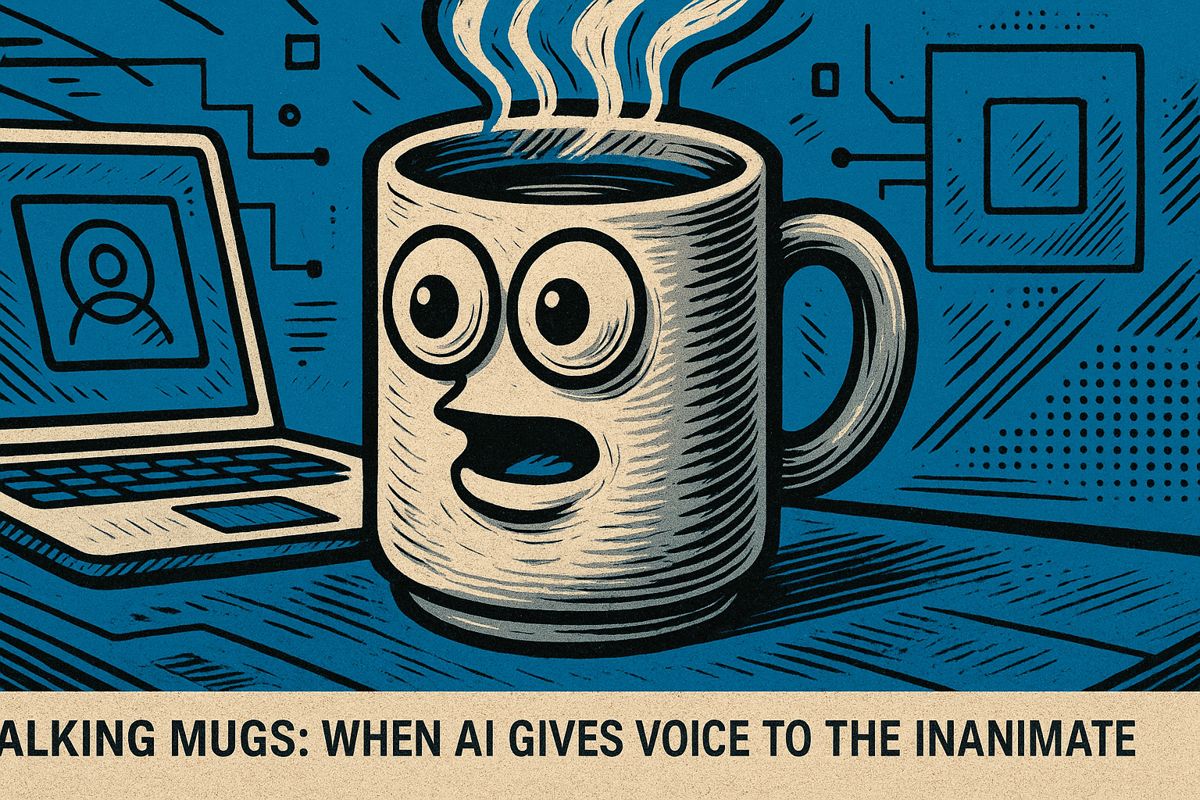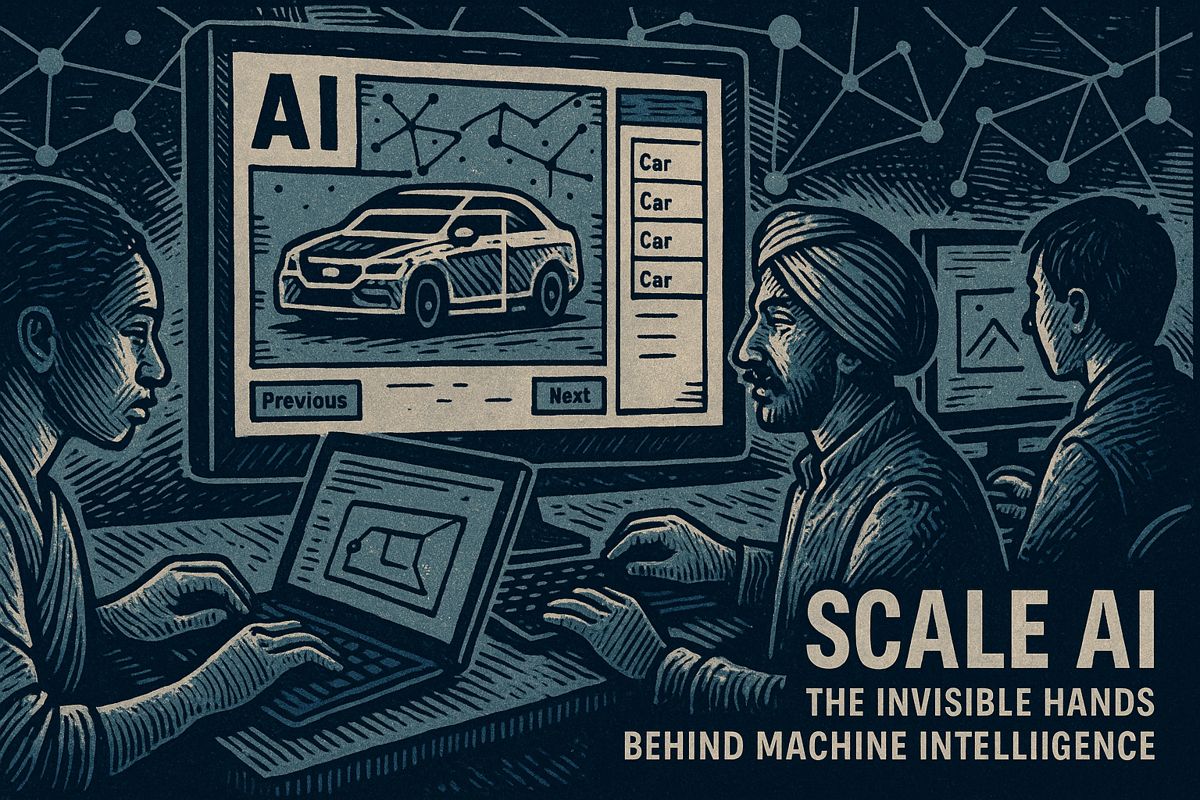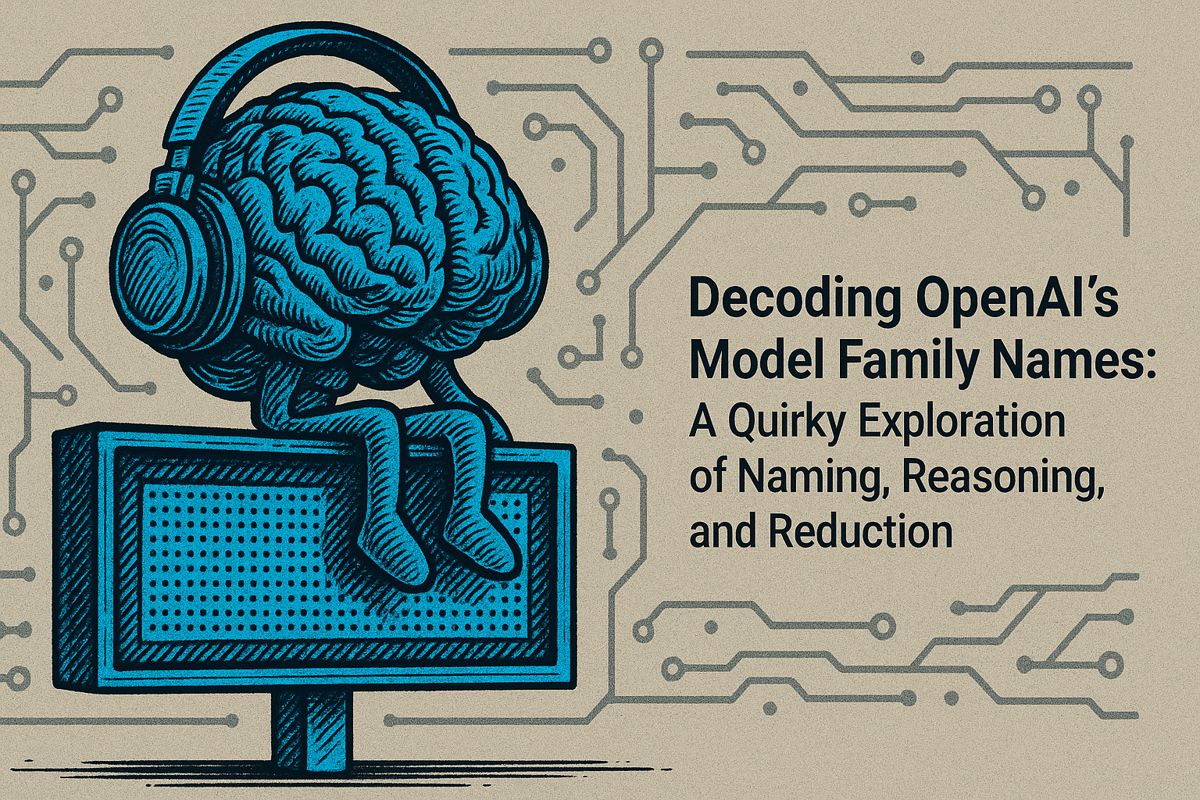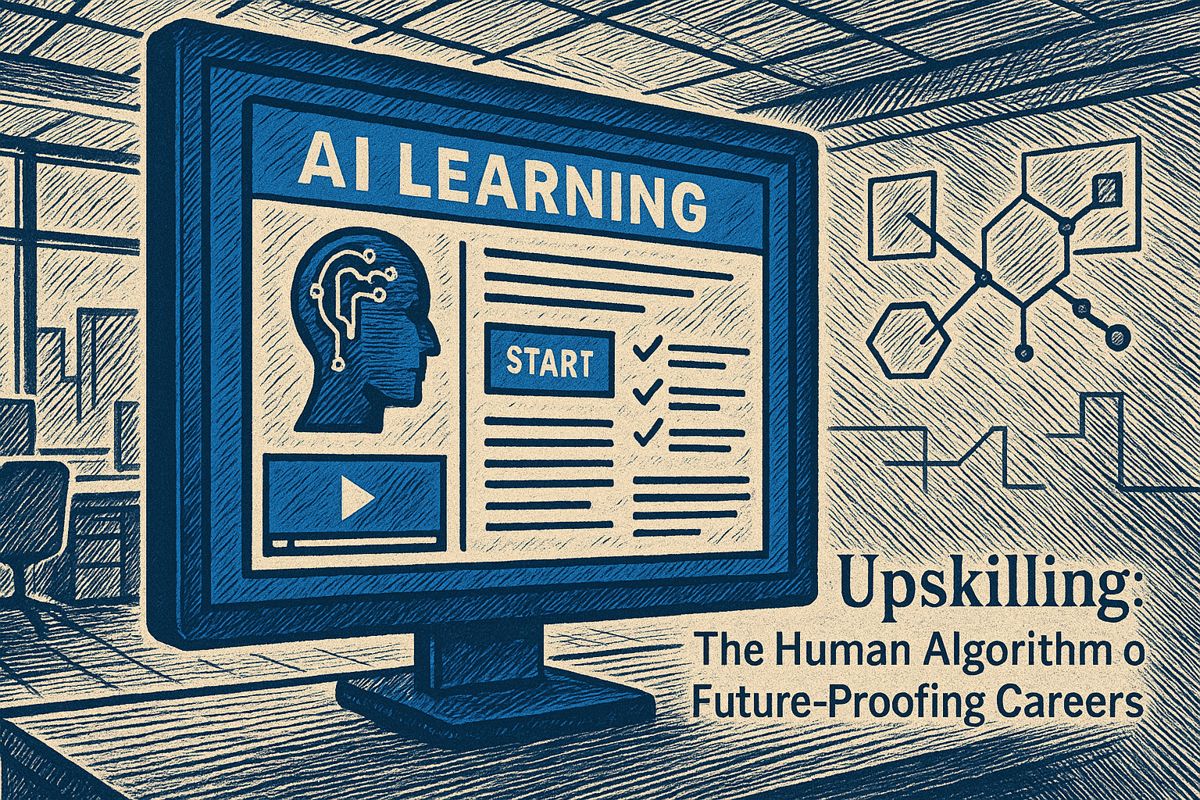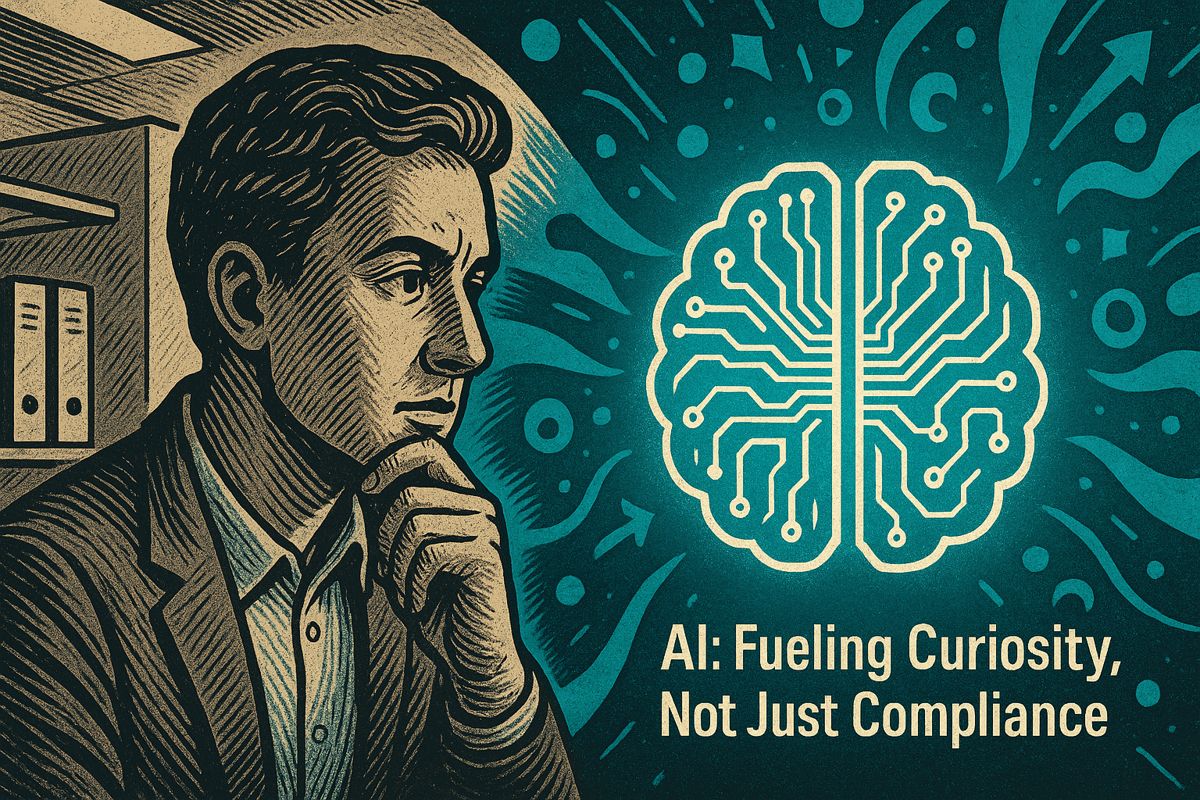Here’s the text with the most important phrase emphasized in markdown bold:
Higgsfield AI is a revolutionary platform that transforms everyday objects like mugs and lamps into talking characters using advanced voice cloning and animation technology. With just a few clicks, users can create personalized videos where inanimate objects speak in their own voice, complete with expressive facial movements and emotional nuances. The tool has quickly caught the attention of educators, marketers, and content creators who are using it to make engaging and unique content in seconds. While exciting, the technology also raises ethical questions about digital identity and synthetic media. Despite potential concerns, Higgsfield AI represents a fascinating leap forward in AI-driven content creation, blurring the lines between reality and digital imagination.
What is Higgsfield AI and How Does It Transform Content Creation?
Higgsfield AI is a groundbreaking platform that enables users to animate everyday objects like mugs, lamps, and plants with voice cloning technology, allowing creators to generate personalized, expressive video content in seconds using AI-driven animation and voice synthesis.
The Dawn of Animated Everyday Objects
Sometimes, late at night, the internet coughs up a demo so bizarre, it’s hard not to sit up and mutter, “Wait, did that mug just… talk?” Last week, while scrolling (against my better judgment) through Product Hunt, I found myself face-to-face with a Higgsfield AI creation: a coffee cup, googly-eyed and babbling back in a startlingly accurate human voice. It brought me right back to the days of wrestling with Windows Movie Maker on my battered ThinkPad, trying to make cartoons lip-sync to my own croaky audio. Those attempts looked more “sock puppet in a windstorm” than Pixar.
But here’s what I’m chewing on – now, with Higgsfield’s tool, it takes seconds to animate a mug, a plant, or even a zombie, making them recite scripts in your cloned voice, complete with smirks or scowls. It’s as if the uncanny valley has been paved over with a kind of pixelated, caffeinated concrete. I couldn’t help but laugh (and cringe a little) at how much easier and weirder things have become.
The sensory detail sticks: the plastic shine of the mug, the way its eyes seemed to almost follow my cursor, the faint digital timbre in its speech… A touch unsettling, but also oddly thrilling.
Real-World Use: From Indie Teachers to Mascot Mayhem
Let’s take a quick detour. My friend Laura, a freelance educator, used to spend entire weekends re-recording video lessons because her webcam would freeze or the lighting would suddenly cast her face in ghoulish blue. She joked, “If I could train my lamp to talk like me, I’d let it teach thermodynamics.” Guess what? With Higgsfield AI, that notion isn’t far-fetched anymore. Now, animating literally any object – desk lamp, cactus, even a stuffed sloth – to teach in your voice is trivial. Just upload your audio or type your script, pick a style, and you’re off to the races.
This platform doesn’t just generate quirky one-offs for TikTok. Marketers are animating mascots for Instagram campaigns, teachers are building explainer videos with avatar sidekicks, and content creators on Twitch or YouTube are injecting new personality into their channels. I’ve seen at least a dozen talking mugs, plushies, and trees in my feed this week alone, all mouthing real people’s voices with uncanny precision. It’s a little like seeing ventriloquism go digital, with the puppet master’s lips nowhere in sight.
And yet, a nagging question lingers: does this make communication more personal or less? It’s a riddle I keep circling, like a moth to a blue LED.
Under the Hood: Voice Cloning and AI-Driven Animation
So, what’s the secret sauce behind Higgsfield AI’s avatars? In short, it’s the fusion of cutting-edge voice cloning (once reserved for research at places like MIT Media Lab) and fluid facial animation, all deployable in a web browser. The tool lets you adjust emotional delivery, camera angles, and video style with almost granular precision. A user can have their mascot deliver a product demo with sly irony, or create a grumpy plant to explain photosynthesis, right down to a subtle eyebrow twitch.
The AI synthesizes voices with high fidelity, capturing the user’s timbre and adding a layer of expressive nuance. Gone are the days of static mouths and robotic monotones; these avatars can pout, glare, and even feign confusion. The speed is wild – polished video in under a minute, no plugins or green screens required.
The Blurry Line: Potential and Peril
Of course, any tool with this much potential teeters on the edge of misuse. It’s like standing on the rim of a canyon, shouting into the echo chamber—who knows what’ll shout back? Higgsfield’s avatars have already sparked ethical debates, echoing concerns about deepfakes and synthetic media. There’s chatter about provenance tools and the need for digital watermarks; with great power comes, well, the risk of your voice narrating something you never said.
Emotionally, I felt a twinge of unease watching my digital doppelgänger wink and smile – was it pride, or a flutter of digital existential dread? Either way, it’s hard to look away. The workflow is so seamless, so oddly addictive, that I nearly forgot the technical hitches I used to face (and the hours lost to software crashes).
For now, the world of generative avatars is racing ahead, and Higgsfield AI is lighting the path with tools that feel almost magical – or at least, like a magic trick I wish I’d learned sooner. I’ll admit, I still can’t make peace with a mug giving weather reports in my voice. Maybe next year. Or maybe never…

